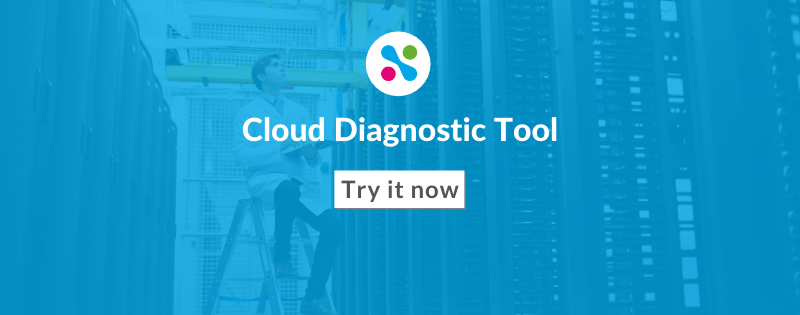Estimated read time: 3 Minutes
Author: Dr. Manzoor Mohammed
The cloud has allowed organisations to scale, innovate rapidly and deliver a great experience to their customers. Cloud costs are increasingly becoming the 2nd or 3rd biggest line item on IT budgets, especially for firms who's service depend on their tech.
However, the complex relationship between performance and cloud costs makes it difficult to plan effectively.
The mistake many organisations make is to look at cloud costs in isolation without considering performance and scalability. The best approach is to deep dive into how teams plan and manage costs and performance to find the size of the optimisation opportunity and the ease of achieving it.
Here are 6 simple questions to do this:
The size of the opportunity:
1. What’s the cloud spend relative to the size of the IT budget?
As a rule of thumb, if you are seeing cloud spend greater than 10% of the IT budget (midsize organisation) then there is a significant opportunity. Factor in the organisation type, you'd expect to see different percentages between a SaaS and an eCommerce organisation.
2. How does cloud cost change with growth in business demand?
The combination of scaling efficiencies and cloud capacity getting cheaper and faster per year means that you should get a 20%+ reduction in unit cost per year. As you scale, an optimised cloud architecture will see the unit cost (or cost per business transaction) fall, e.g. Lyft measures the cost per journey, eCommerce companies measure the cost per booking.
In addition, cloud capacity is getting 15% faster and cheaper per year. The more you can leverage these two powerful levers, (scaling efficiency and falling cost of cloud capacity) the greater the amount of value you can add per year.
3. What is the % spent on cost and performance monitoring tools relative to the IT budget?
If you are seeing tool spend in excess of 5% of the cloud spend then the organisation is having challenges managing performance and cost.
4. What is the customer satisfaction?
This can be measured using CSAT or through a proxy metric such as customer churn or volume of P1 incidents. We know that performance and cost are two sides of the same coin.
Ease of achieving it:
5. What is the % of cloud spend that is committed to?
Many organisations forward commit to a percentage of their future spend. If commits are greater than 70%+ the more difficult it will be to achieve savings in the short term.
6. What is the term-length of the commitment?
We've seen instances where the forward commitment has been made over multiple years. You can get value from such long-term commitments, but to do so you need to have a good model of your long-term demand and be clear on the unit-cost reductions you expect from your cloud provider over that period.
If you're seeing term commits longer than 1 year then it will become difficult to realise the savings opportunity.
Once you have answered all of these questions, you will have a clearer picture of whether cloud optimisation is appropriate for you.
